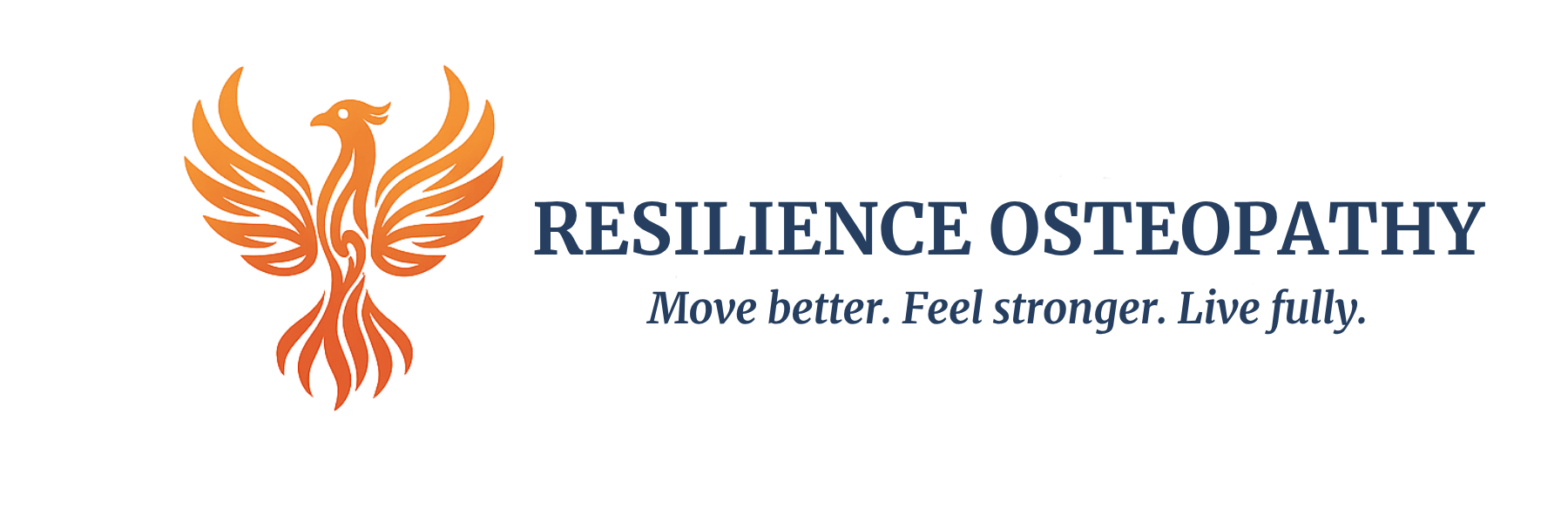FAQ
Welcome to our Osteopathy FAQ page. Below you’ll find answers to some of the most common questions we receive about osteopathy and the treatments we offer. If your question isn’t listed, feel free to contact us and we’ll be happy to help.
Please click on a question below to view the answer:
Osteopathy is a form of manual therapy that focuses on the diagnosis, treatment, and prevention of musculoskeletal disorders. It uses hands-on techniques to improve movement, reduce pain, and support the body’s natural ability to heal.
Joint, muscle, and tendon pain
General aches and pains
Knee pain (e.g., overuse, strain, or wear and tear)
Hip and shoulder discomfort
Tennis elbow and golfer’s elbow
Carpal tunnel syndrome (when linked to musculoskeletal tension or repetitive strain)
Joint stiffness and mobility issues
Postural strain from work or daily activities
Minor sports injuries and muscular tension
Maintenance treatment to support ongoing physical activity or prevent recurrence
Back, neck, and nerve-related issues
General, acute, or chronic back pain (not arising from injury)
Lower back pain
Pain that travels down the leg (e.g., sciatica or referred nerve pain)
Mechanical neck pain (uncomplicated)
Headaches linked to neck tension (cervicogenic)
Muscle spasms
Fibromyalgia
Neuralgia
Other concerns sometimes seen in clinic
Pelvic floor activation and support, including postural and core engagement
Diaphragmatic work to support breathing, posture, stress response, and core coordination
Migraine prevention
Circulatory problems
Cramps
Digestive discomfort
Rheumatic pain
Difficulty relaxing or general physical tension
Your first appointment typically includes:
A detailed case history
A physical examination (you may be asked to move or undress to your comfort level)
A diagnosis and treatment plan
Hands-on treatment if appropriate
No, you do not need a GP referral to see an osteopath. You can book directly with us.
The number of treatments depends on your condition and how your body responds. Some patients feel relief after just one or two sessions, while others may need a series of treatments.
In the UK, osteopaths are highly trained healthcare professionals. To become registered, they must complete a rigorous 4–5 year full-time degree — typically at bachelor’s with honours or master’s level — from an approved osteopathic medical school.
This comprehensive training covers:
- Human anatomy, physiology, and pathology
- Neurology and orthopaedics
- Biomechanics and clinical assessment
- Osteopathic manual techniques, including spinal and soft tissue work
- Medical imaging (such as interpreting X-rays)
- Over 1,000 hours of supervised clinical experience
Graduates must pass both practical and academic assessments before registering with the General Osteopathic Council (GOsC) — the UK’s statutory regulator for osteopathy. Under the Osteopaths Act 1993, it is illegal to use the title “osteopath” without GOsC registration, offering the same level of public protection as when seeing a doctor or dentist.
Ongoing learning is also a key part of the profession. Registered osteopaths are required to complete regular continuing professional development (CPD) to maintain high standards and stay up to date with current best practice.
Please visit our Fees & Booking page for up-to-date pricing and appointment options.
We are based at . You can find us on Google Maps and detailed directions are available on our Contact page.
Wear comfortable, loose-fitting clothing. You may be asked to remove certain items of clothing for assessment, but this will always be done with your comfort and consent in mind.
Yes. Osteopathy is a safe and regulated healthcare profession in the UK. All osteopaths must be registered with the General Osteopathic Council and adhere to strict standards of practice and ethics.
